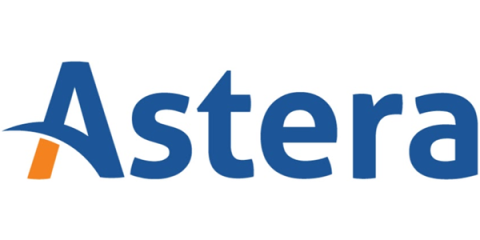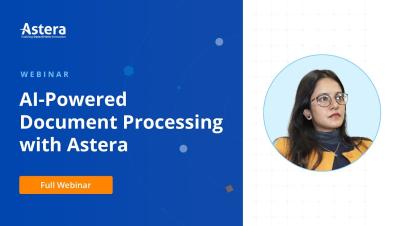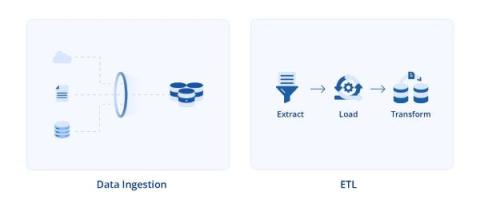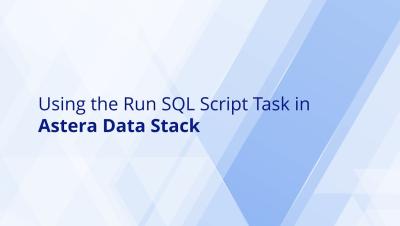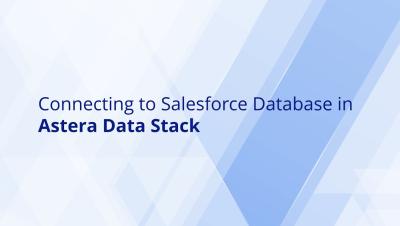Information Governance vs. Data Governance: A Comparative Analysis
Every digital interaction generates data. This data can provide invaluable insights and drive effective decision-making when managed effectively. . However, according to a survey, up to 68% of data within an enterprise remains unused, representing an untapped resource for driving business growth. One way of unlocking this potential lies in two critical concepts: data governance and information governance.


